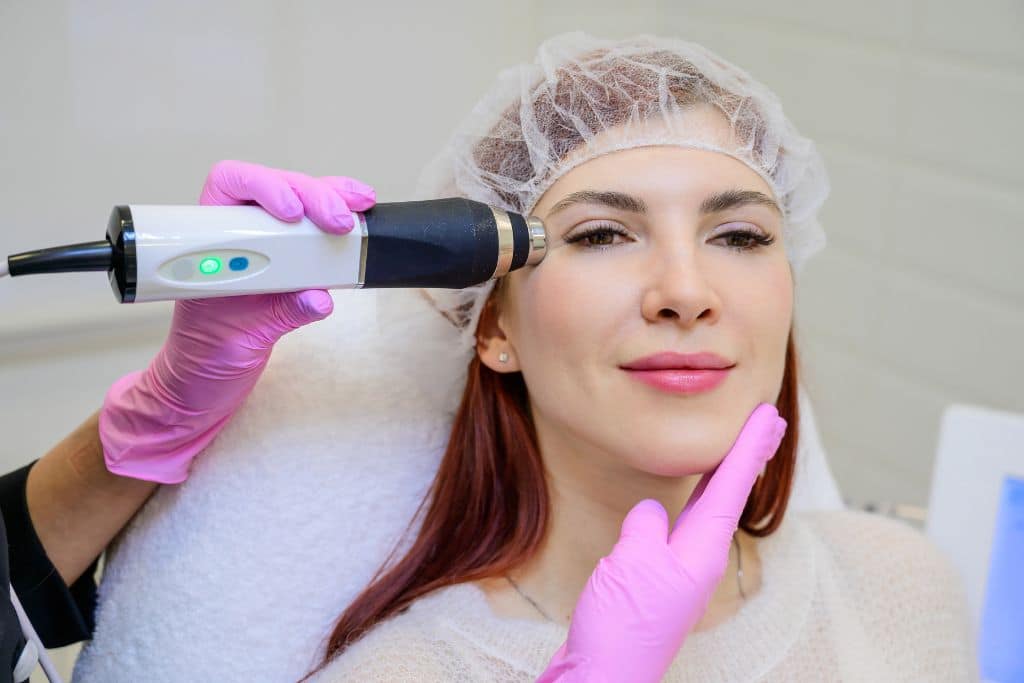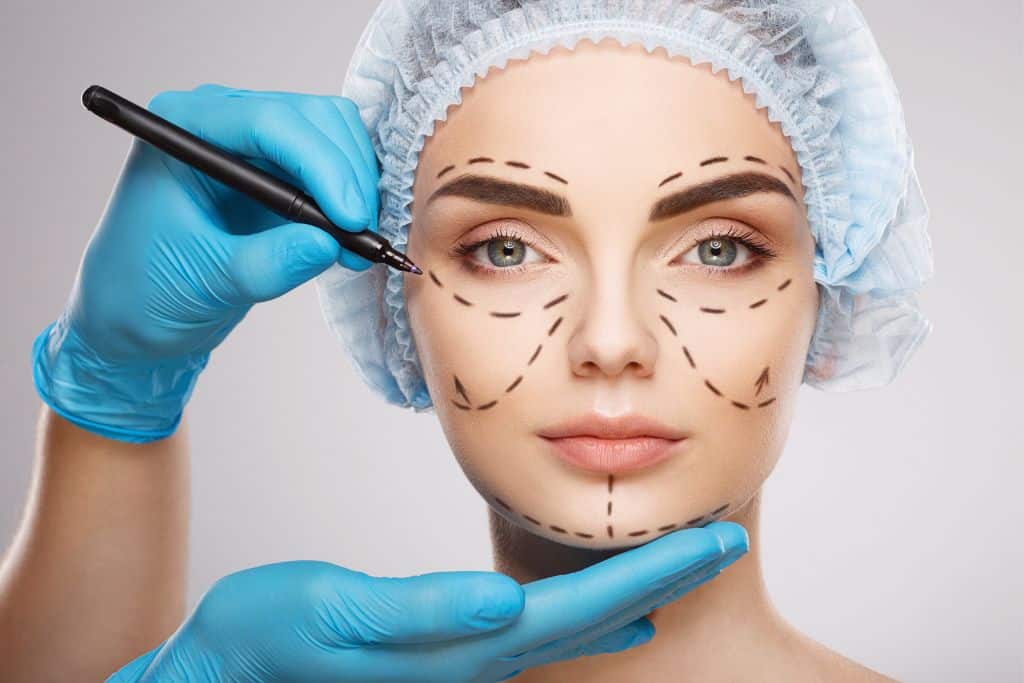Advancements and Breakthroughs in the Future of Plastic Surgery
The fields of cosmetic and reconstructive plastic surgery are extremely broad. As a result of the rapid development of medical technology, plastic surgeons eagerly anticipate what the future holds for their subspecialty. Patients’ excess fatty tissue is harvested for transplantation into areas such as the breasts, buttocks, and hands. In the future, the skin might be created from stem cells.
AI
AI could change aesthetics and plastic surgery in many ways. Technology may improve patient outcomes, accuracy, and efficiency, and provide new therapies and technologies. It may also be unethical.
Photo-editing software uses AI in plastic surgery. Cosmetic operations can be shown with this software. This technology lets doctors show patients actual surgical results.

Plastic surgery surgical planning uses AI. AI algorithms can create 3D models of people’s faces and bodies to imitate surgery. By assessing patient anatomy, predicting difficulties, and minimizing operation time, they can help surgeons plan surgeries.
Using Stem Cells
Stem cells for cosmetics were uncertain until recently. New research suggests adult stem cells can restore sun-damaged skin.
iPSCs were created from mature mouse skin cells by Shinya Yamanaka’s team. Reprogramming works for human cells in labs worldwide.

This cell reprogramming may allow surgeons to produce a patient’s fat tissue in a lab and transplant it. Implants would rarely be needed.
Researchers may combine techniques for less downtime and more natural results. Researchers have found techniques to combine a stomach tuck and breast augmentation without scarring.
Non-Surgical Procedures
Cosmetic plastic surgery has embraced non-invasive therapies including injections and lasers. As patients seek non-invasive ways to erase wrinkles, eliminate hair, and trim down, this trend is predicted to continue.
3D imaging technology could transform plastic surgery. Doctors can scan and model patients’ bodies in cyberspace, alter them to mimic postoperative effects and give recommendations.

Regenerative medicine may also lead to treatments that slow or reverse ageing internally and externally. Stem cell therapy can develop human skin tissue or platelet-rich plasma (PRP) to enhance collagen and heal faster. Scientists are also developing gene technology to enable people to fly like Leonardo Da Vinci did 450 years ago.
regenerative medicine
Regenerative medicine uses science and technology to heal damaged cells, tissues, and organs. This new field could change plastic surgery.
Scientists may now create new soft tissue over bare skull bones using the patient’s cells, a porous synthetic tissue scaffold, and growth factor infusions. This big therapeutic advance could minimize the time, risks, and expense of numerous reconstructive surgeries.

By resetting the body’s clock and restoring young function, it may help alleviate facial sagging and birthmarks. Dermatologists, gynaecologists, and other specialists at Mayo Clinic provide regenerative cosmetic therapies. The Multidisciplinary Cosmetic Center pairs general and face plastic surgeons with experts in hand surgery, skin health, hair regeneration, platelet-rich plasma (PRP), and biomaterials to improve patients’ appearance and function.
“What to Expect After Having Lip Fillers” is crucial as we explore the exciting future of plastic surgery and its advances. This helpful article discusses post-procedure recovery and natural-looking results. We can better comprehend cosmetic operations by studying lip augmentation techniques and aftercare. Patients and practitioners can benefit from new advances by remaining informed. As we look ahead to plastic surgery, let’s learn about lip fillers’ healing and transformational power.

